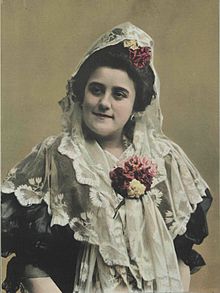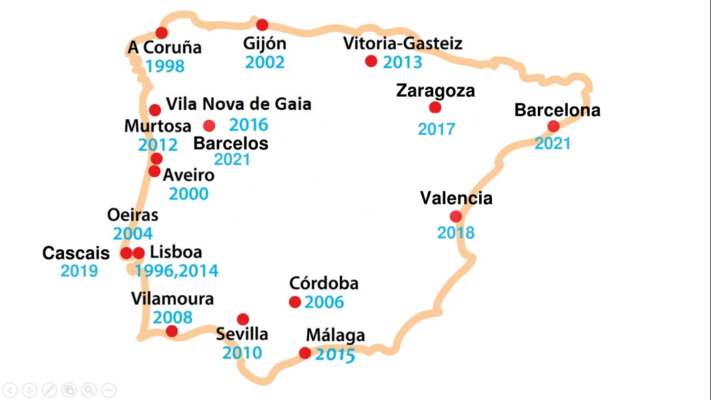Conbici (https://conbici.org, in Spanish) is the Spanish coordinator in defense of bicycles. It gathers 65 Spanish associations and groups, and promotes the use of bikes in a day-to-day basis, no matter how the biker genre or age is. Moreover, Conbici works in order to promote positive legislation to protect everybody, including bikers and pedestrians, who are the weakest actors in streets. Local groups focus on their cities as it comes to urban biking and it has work groups in legislation, mobility, training, health and cycle tourism.
Conbici was born in 1990 and has contributed to the bike movement. It organizes the Iberian Congress “Bicycle and city” together with Portugal since 1996 and promotes the Cycle tourism and urban bikers meetings in Spain or Portugal every two years. Furthermore, it is a member of the Technician Scientific Committee in the European Mobility Week, participates in the Higher Traffic and Circulation Council, work group 44, representing the bikers collective, sits on the European Cyclists’ Federation, became a founder member of the National Bicycle Table and writes and spreads national and international summaries about politics examples which foster bike use as well as sustainability. In addition, Conbici promotes the intermodality of bike plus public transport. What is more, in the Conbici webpage you can read recommendations about how to move on bikes at both, cities and cycle tourism.
One of the key points Conbici has is the wide profile of collaborators. Indeed, it counts with professional people in fields such as urban planning, infrastructures, economy, tourism, legislation, health, education, you name it. This fact makes it possible that Conbici contributes with ideas on a variety of subjects, just like this blog.
As it comes to internal affairs, the General Assembly of Conbici meets to decide the necessary decisions on the addressed issues by consensus twice a year. The General Coordination Council and the Permanent Office are in charge of management.


